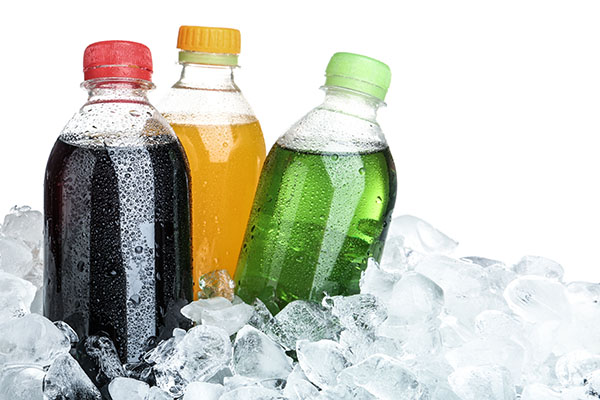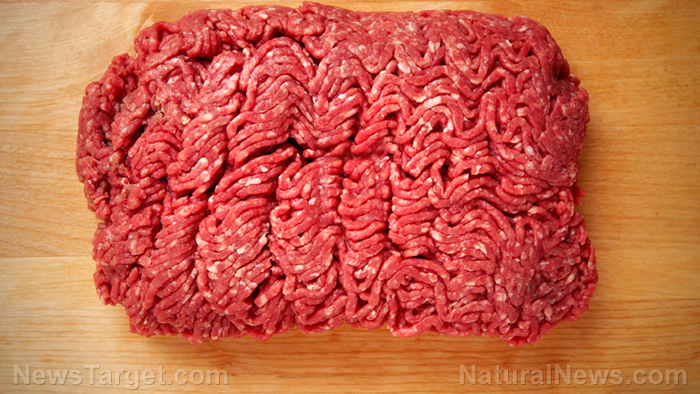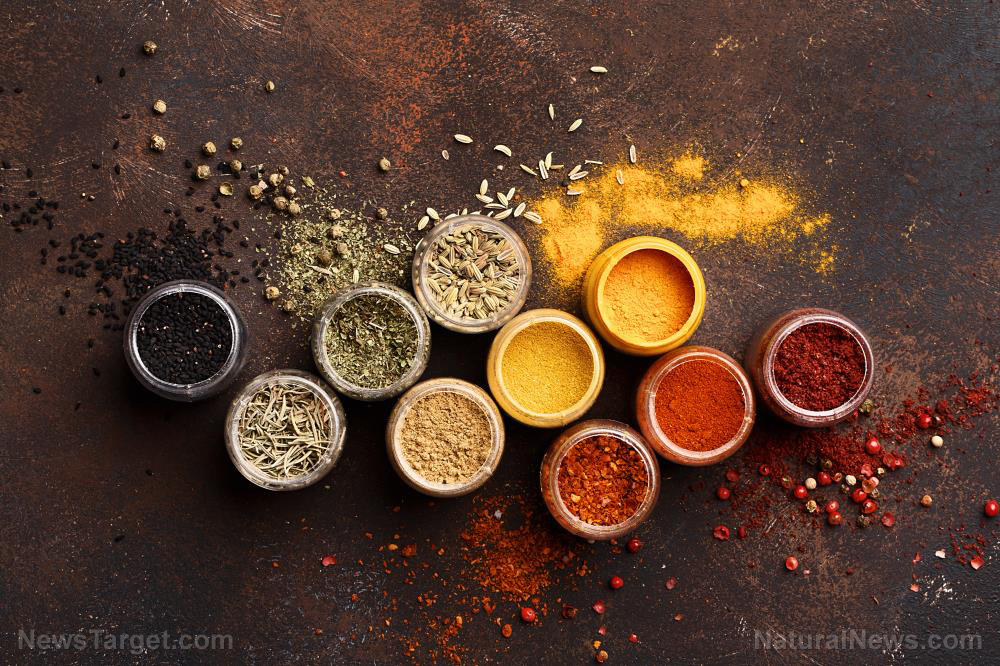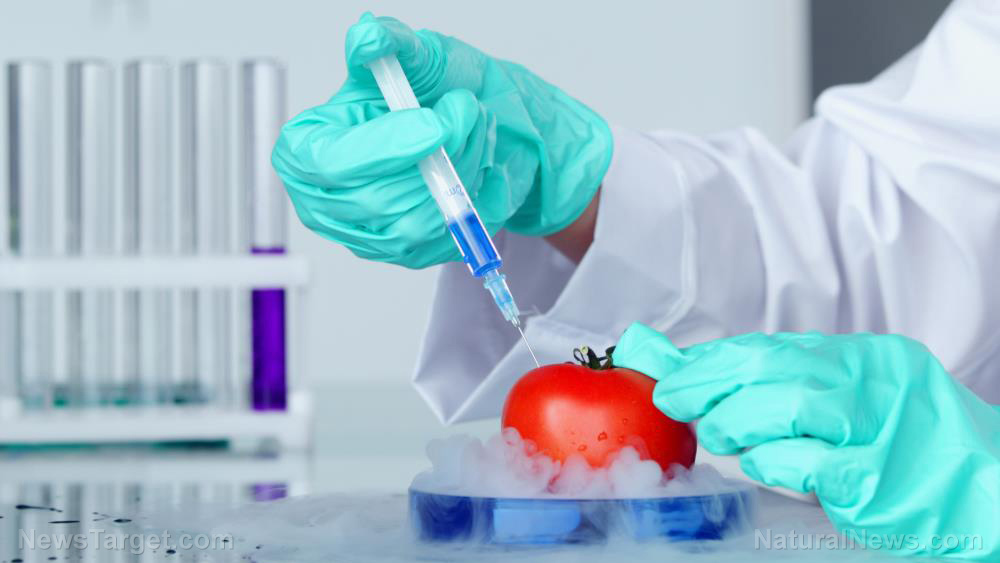
Processed foods are convenient and affordable, but many of these products contain various ingredients that are hard to pronounce.
Chemical-sounding ingredients like sodium or calcium propionate are often linked to adverse health effects. They can increase your risk of developing health problems like obesity or diabetes.
Learn more about natural and artificial additives to protect your family from the potentially harmful side effects of various common food ingredients.
According to a 2021 survey from food safety and nutrition nonprofit International Food Information Council (IFIC), at least two-thirds of Americans prefer foods made with "clean ingredients."
But aside from fresh produce and other raw foods, the term clean ingredients are open to broad interpretation, particularly since the Food and Drug Administration (FDA) doesn't have a formal definition for the use of "natural" on food labels.
The IFIC survey also revealed that many consumers are paying more attention to ingredient lists. They are also choosing clean ingredients and avoiding chemical-sounding ingredients.
"When these respondents were asked how they define clean ingredients, 'not artificial or synthetic' was the top choice," reported IFIC.
Better understanding of food ingredients leads to better food choices
Dietitian Anna Rosales, senior director of government affairs and nutrition at the Institute of Food Technologists, a food science group, said understanding food ingredients can help consumers make better food choices.
However, what seems like a simple task can become confusing because various products list scientific names on ingredient labels "as required by regulations."
We are building the infrastructure of human freedom and empowering people to be informed, healthy and aware. Explore our decentralized, peer-to-peer, uncensorable Brighteon.io free speech platform here. Learn about our free, downloadable generative AI tools at Brighteon.AI. Every purchase at HealthRangerStore.com helps fund our efforts to build and share more tools for empowering humanity with knowledge and abundance.
While any listed ingredient is FDA-approved or classified "generally regarded as safe," the American Academy of Pediatrics and other groups have expressed concerns about the agency's approval processes and effects on children's health.
Experts are also worried about the different chemicals used in extracting food ingredients from natural sources.
In a 2022 IFIC survey, over 80 percent of American consumers reported that they regularly have shelf-stable, canned or other packaged foods on hand in their pantries. Even if you are meticulous about following clean-label diets, it's difficult to avoid all unfamiliar food additives in certain products.
Read on to learn more about common food additives and their potential side effects.
Acidulants
Acidulants are common acids used in food to enhance flavor and preserve flavors.
Common acidulants include:
- Acetic acid
- Ascorbic acid
- Citric acid
- Lactic acid
- Malic acid
- Phosphoric acid
- Sodium lactate
- Trisodium citrate
All acidulants are naturally occurring, but they are often chemically synthesized for use in food products.
Benzoic acid, citric acid, lactic acid, propionic acid and sorbic acid
Benzoic acid and other acids preserve food by making food and drink more acidic, in turn making them a hostile environment for unwanted organisms.
All acids can be sourced from either plants or human-made. While acids are widely viewed as safe, some ingredients like benzoic acid may cause allergic reactions.
BHT/BHA/TBHQ
Butylated hydroxytoluene (BHT), butylated hydroxyanisole (BHA) and tert-butylhydroquinone (TBHQ) are synthetic antioxidants used to prevent rancidity. According to the FDA, these chemicals are safe in food in low doses.
However, the Center for Science in the Public Interest (CSPI) gives an "avoid" rating to BHA and TBHQ and "caution" to BHT due to cancer risks.
Fiber
Dietary fiber has a crucial role in digestion and gut health.
But according to data, almost all Americans don't get enough dietary fiber. Fiber is isolated from fruits, vegetables, grains and other plants, but some forms can be synthesized and added to food.
Fibers can also help thicken, emulsify, gel or change the texture of food.
The FDA has only recently recognized some types of fiber as sources of dietary fiber that were all already recognized as safe. This is why more "prebiotic" products containing inulin and other fibers are being sold.
Depending on the person, some fibers may be more likely to cause side effects like gas and bloating than others.
Common sources of fiber added to foods that are often derived from plants include:
- Cellulose
- Acacia (gum arabic)
- Arabinoxylans
- Guar gum
- Inulin
- Pectin
While less common, these fibers are often plant-sourced and still regarded as safe:
- Cross-linked phosphorylated RS4
- Galactooligosaccharide
- Glucomannan
- High amylose starch and other "resistant starches"
- Hydroxypropyl methylcellulose
- Resistant maltodextrin
The CSPI warned consumers to "cut back" on polydextrose and the FDA requires a label over a potential laxative effect if more than 15 grams per serving are present.
Nitrites/nitrates
Nitrites and nitrates are naturally occurring in the environment and in some foods. They are often used to preserve meats and enhance their color.
According to the National Cancer Institute, a high intake of nitrites or nitrates can increase the risk of cancer.
Potassium benzoate
Potassium benzoate naturally occurs in cranberries and is commonly added to sodas.
Combining potassium benzoate with ascorbic acid (vitamin C) and heat or light produces the carcinogen benzene. But as a preservative, potassium benzoate doesn't carry proven health risks beyond possible allergic reactions when consumed sparingly.
Potassium sorbate
Potassium sorbate is one of the most common chemical preservatives and it helps prevent spoilage without changing other qualities in food.
Aside from other than rare allergic reactions, studies have not identified health hazards for humans when less than 25 milligrams of potassium sorbate per kilogram of body weight are consumed. (Related: Toxic ingredients in oral care products linked to health issues.)
Preservatives
Processed foods may include naturally sourced or synthetically produced preservatives to prevent the growth of mold, bacteria and other microorganisms.
Some brands claim that their products are "preservative-free" or "'nitrate-free" to ease concerns that consuming too much of any of these ingredients may have adverse side effects. Other products may list the origin of their preservatives.
To avoid preservatives, you can look for products that are pasteurized, canned or frozen.
Sodium or calcium propionate
Sodium or calcium propionate is often used in baked goods to prevent mold.
It has been considered safe even at relatively high levels, but a Harvard University study linked propionate to increased risk of obesity and diabetes. In 2018, McDonald's removed propionate from its buns.
Sulfur dioxide
Sulfur dioxide is used to prevent discoloration in dried fruit or prevent bacterial growth in wine.
The use of sulfites such as sulfur dioxide, to preserve fresh fruits and vegetables has been banned by the FDA for over 35 years. Sulfites also cannot be used on foods that contain vitamin B1.
While sulfur dioxide is regarded as safe for most people, you should avoid it if you have asthma or sulfite allergies.
Miscellaneous food ingredients linked to adverse effects
These ingredients have also been linked to adverse health effects and allergies in some people.
Carrageenan
Carrageenan is derived from red seaweed and it acts as a thickener, emulsifier and preservative in various food products.
Common sources of carrageenan include almond milk, coffee creamers, cottage cheese, ice cream and dairy-free products like vegan cheese.
According to an animal study, exposure to carrageenan increased levels of fasting blood sugar and glucose intolerance, especially when combined with a high-fat diet.
Test-tube and animal studies have also revealed that carrageenan can trigger inflammation.
Data suggests that carrageenan can negatively impact digestive health. It may also be linked to the formation of intestinal ulcers and growths.
One small study showed that when people in remission from ulcerative colitis took a supplement containing carrageenan, they experienced an early relapse than participants given a placebo.
Mono- and diglycerides
Mono- and diglycerides are emulsifiers commonly used found in bake mixes, margarine and other foods.
While the FDA and other organizations have not linked these ingredients to negative health outcomes, they can contain trace amounts of trans fats.
Data suggests that trans fats can increase bad cholesterol and reduce good cholesterol.
Propylene glycol
Propylene glycol has different uses. It can modify flavors and textures and retain moisture.
The FDA limits the amount of propylene glycol that can be added to food because toxicity can occur at high levels. When consumed in small amounts, studies have not found health effects for those who are not allergic to the ingredient.
Review food labels to avoid harmful ingredients like nitrates and propionate.
StopEatingPoison.com has more about harmful ingredients in common food products.
Watch the video below to know more about ingredients in common food products linked to adverse health effects.
This video is from The 100% Clean Food Lifestyle channel on Brighteon.com.
More related stories:
Dr. Bryan Ardis says compound from licorice root may stop hyperclotting caused by venom peptides.
Is the food in your pantry REALLY what it says it is, or are you a victim of FOOD FRAUD?
Food junkies beware: Consuming fried food blocks your blood vessels.
Sources include:
Please contact us for more information.




















